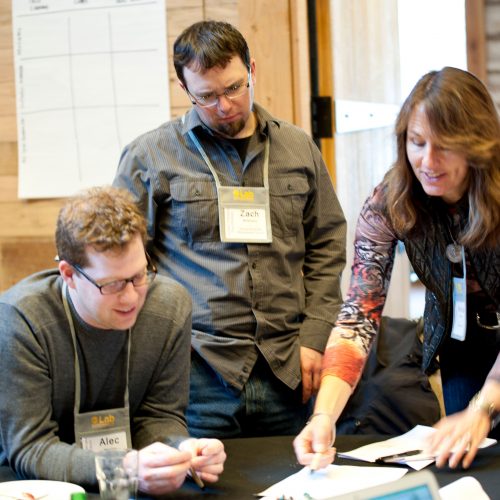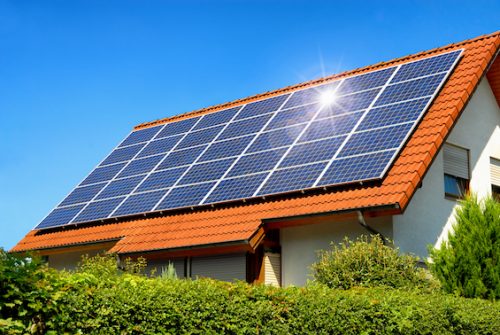
eLab Accelerator 2017
North Franklin Community Energy Project

Project Objective
The primary objective of the project is to develop a replicable business model that will support the objectives of expanding access to solar energy for all customers and become a driver for economic development and environmental benefits within the community.

Team Members
SMUD
- Josh Rasin, R&D Project Manager
- Patrick McCoy, Distributed Energy Strategy
- Travis Rhodes, Strategic Business Planner
- John Powers, CEO, Extensible Energy
- Greg Page, Enable Energy
- Jesus Hernandez, PhD, UCDavis
- Miguel Ramirez, CFO Community Resource Project
- Stephen Frantz, Independent Consultant
Solar panel on a red roof reflecting the sun and the cloudless blue sky

Project Description
The intent of developing a business model is to pursue the development and implementation of a project within SMUD’s service territory which will demonstrate that community-owned, customer-shared solar projects combined with other DER technologies (electric vehicles, energy storage, demand response, energy efficiency) can provide economic and environmental benefits to all customers within the community, including low-income customers and small businesses, and serve as an alternative to low-income rate subsidies while producing grid benefits that justify expansion of urban solar projects placed close to load centers and accompanied by peak-reducing energy efficiency.

Progress Made to Date (pre-Accelerator)
Franklin Blvd Community and Economic Development Strategic Plan Community Solar Value Project (DOE SunShot grant) High level project scope that will serve the Franklin Blvd community

Post-Accelerator Outcomes
At Accelerator, the team started by prototyping several potential business models that enable disadvantaged communities to have access to distributed energy resources while providing economic development to the community. The team then created the straw man of the potential business model for the North Franklin community that would enable the community to have access to both solar and demand-side measures, such as energy efficiency and demand response. They identified potential risks with the proposed model that would need to be further assessed after the event.
Finally, the team crafted an overall communications strategy for marketing the project to their respective organizations to get buy-in and support.
Going forward, the team will clarify project financials for development and ownership of the community solar system to determine whether the straw man model is economically viable. In parallel, the team will conduct additional analysis to better understand and meet the needs of customers and the distribution grid in the North Franklin neighborhood and model the expected bill and grid impacts from installing a mix of Distributed Energy Resources in customers’ homes. SMUD’s legal team will review the proposal before a formal pitch to SMUD executives for approval of the North Franklin Community Energy demonstration project.
